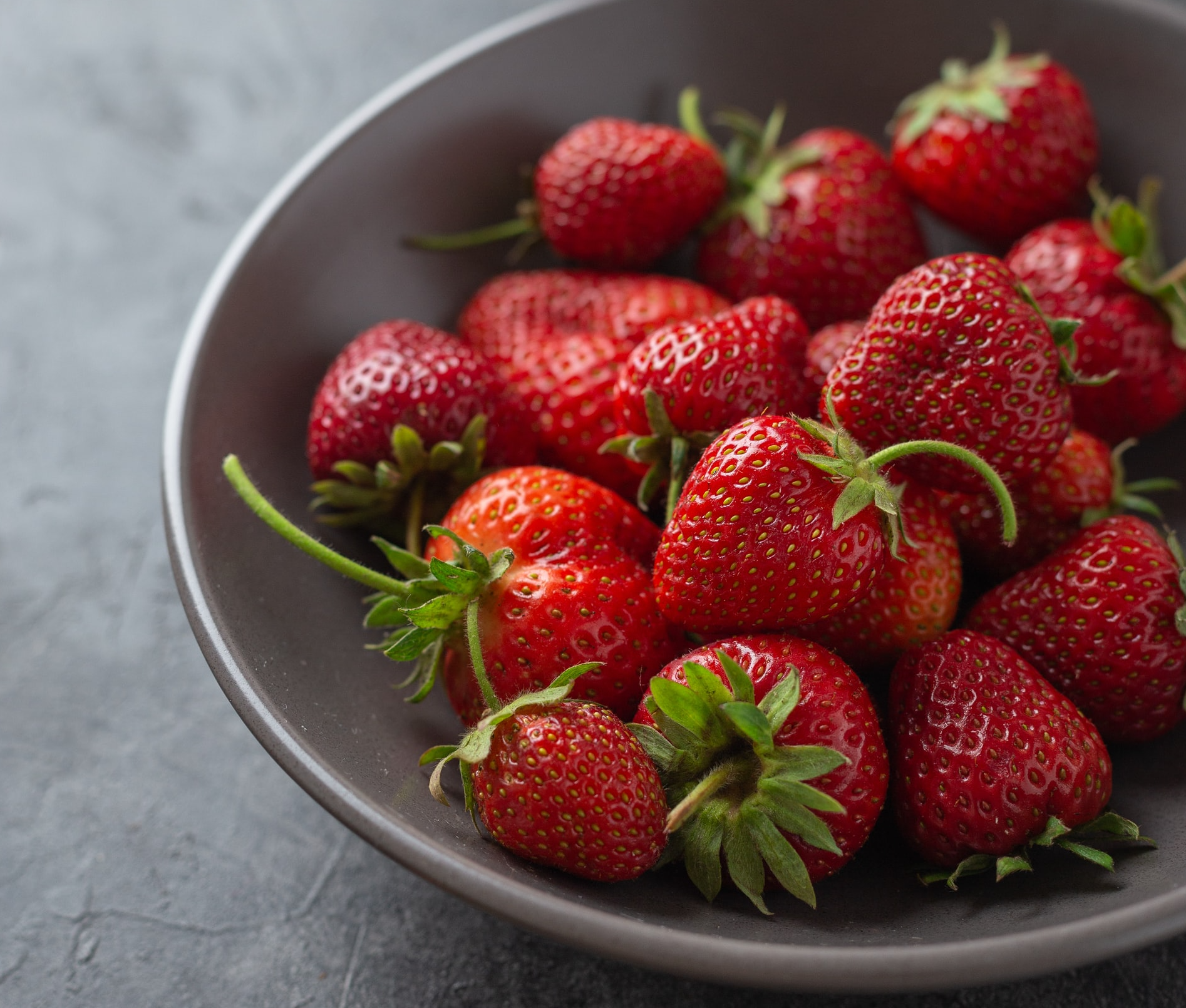
Strawberry Production in the US: Mapping Where the Queen of Berries is Grown
While China is the largest strawberry producer in the world, (p. 5) the US yields 50% more strawberries than China. In fact, strawberry production in the US provides the highest yield in the world, at 56.3 tons per hectare, representing 11.5% of the global strawberry production. (p. 10-11)
The US, together with Mexico, are the only North American countries that form part of the top 10 strawberry producers in the world, (p. 5) and have the highest yields worldwide. (p. 11)
This data only shows that the strawberry production in the US assists with fulfilling the world’s demand for strawberries. But at the same time, the country also receives strawberry imports to meet its local demand. This blog will tackle more about the US’ imports and exports of the “queen of berries”.
US Strawberry Production and Exports
There are three states that significantly contribute to strawberry production in the US: California, Florida, and North Carolina.
The general peak of the California strawberry season usually starts from the third week of May through the end of June. (p. 54) In Florida, strawberry volumes are generally available from November until April. Meanwhile, strawberry season in North Carolina starts in April, which should last until the end of May. (p.55)
There is also a huge local demand for organic strawberries in the US. In fact, strawberries are among the top organic products consumed in U.S. households. Strawberry consumers in the country purchased USD 334 million worth of organic strawberries in 2019, representing a 10.8% increase compared to the year-ago period. (p. 26-27)
In terms of pricing, organic strawberry prices are lowest during the months of May through August, when farmers in California and Florida are harvesting. (p. 32)
Strawberry production in the US also includes export-quality produce, with one of the biggest customers being Canada. In fact, the strawberry trade flow from the US to Canada represents the third most significant in the world in terms of volume.
Mexico also imports less than 20,000 tons of strawberries as frozen and processed products from the US (p. 5)
US’ Strawberry Imports
Due to its huge strawberry demand, the US makes the largest strawberry imports in the world. In 2019, it spent USD 871 million for 27.7% of the world’s strawberry imports.
A large amount of US strawberry imports are being frozen and processed for US customers. Meanwhile, 70.1% are being processed for exports. (p.14)
In addition to the huge local strawberry demand, strawberry imports to the US were also caused by lower strawberry production in the US in recent years. Strawberry volumes for some US regions, such as in Southern California and Florida, are seen to have decreased from 2015 up to 2019. This is because these regions are facing challenges with strawberry production due to heavy rains and high winds (p. 54)
This also caused the volume of strawberries exported from the US to Canada to decrease considerably. In addition, it also prompted for Mexican strawberry volumes arriving in the US to increase. (p. 28)
In 2021, the US received 36.5 million of strawberry boxes from Mexico, up from 27.1 million of strawberry boxes in the previous year. (p. 55) Exports from Mexico to the US occur mainly in the winter and early spring, to cover production gaps in the US at this time. (p. 14) On average, 89.9% of Mexican exports went to the US (p. 18)
Challenges on Strawberry Production in the US
Economics of strawberry production in the US became more difficult as labor costs eroded producers’ profits. (p. 63)
This led several strawberry producers to go out of business in recent years or to switch fields to blackberries, raspberries and blueberries. For example, Dane Scurich of Scurich Berry Farms Inc. cut his family farm’s strawberry acreage by more than 80% over a decade, switching to blackberries.
In addition, the increase in strawberry imports by the US has also led Florida farmers to ask their government to limit imports of fresh Mexican strawberries due to competition. (p. 52)
ProducePay: Connecting Strawberry Buyers to Growers
At ProducePay, we provide growers, distributors and retailers with various tools, such as market insights, and regular weather and pricing reports, to help fresh produce traders make informed business decisions.
In addition, our ProducePay Marketplace platform also helps buyers of strawberries and other fresh produce find the perfect grower who meets their needs. We provide thousands of pre-vetted growers on the platform within the US and from Latin America, to help buyers source the volumes of commodities they need.
At the same time, growers who will use the Marketplace platform will have the opportunity to have additional visibility from fresh produce buyers, which would assist them in tapping a wider buyer market and increased sales.
To know more about the ProducePay Marketplace, contact us.
Source:
